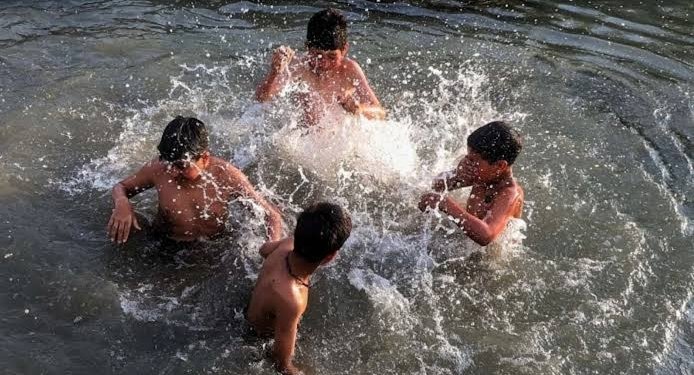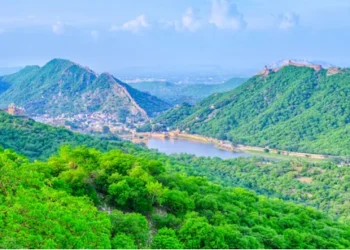At 37.4°C, Srinagar has recorded the highest July temperature since 1953. It is also the 3rd highest July temperature since 1892.
By Pravin Kumar
The Kashmir Valley, known for its serene landscapes and cool climate, is grappling with an unprecedented heatwave that has pushed temperatures to historic highs, disrupting daily life and prompting widespread concern.
On Saturday, July 5, 2025, Srinagar recorded a scorching maximum temperature of 37.4°C, marking it the third-highest maximum temperature ever recorded in the city.
This figure falls just short of the second-highest record of 37.7°C set on July 5, 1953, and the all-time high of 38.3°C observed on July 10, 1946, according to the India Meteorological Department (IMD).
The extreme heat extended beyond Srinagar, with Kokernag station registering a maximum temperature of 34.0°C, the second-highest ever for the month of July, narrowly missing the record high of 34.1°C set on July 28, 2024.
Meanwhile, Pahalgam station, a popular tourist destination, recorded an all-time high maximum temperature of 31.6°C, surpassing the previous record of 31.5°C from July 21, 2024, by a mere 0.1°C.
Also Read: https://powercorridors.in/nirav-modis-brother-nehal-held-in-us-on-indias-extradition-request/
The unrelenting heat has led to significant measures, including the temporary closure of educational institutions across the region to protect schoolchildren from the harsh conditions. However, with no immediate respite from the soaring temperatures, parents are now vocally demanding an extension of these closures. “The heat is unbearable, and it’s not safe for our children to step out, let alone attend school,” said Aisha Begum, a parent from Srinagar. “We urge the authorities to extend the closure until the weather stabilizes.”
Local markets and streets, typically bustling with activity, wore a deserted look during peak hours as residents sought refuge indoors. The heatwave has raised concerns about its impact on agriculture, water availability, and public health, with hospitals reporting a spike in heat-related ailments. Farmers in the region expressed worry over the potential damage to crops, particularly apple orchards, a cornerstone of Kashmir’s economy.
The IMD has attributed the extreme weather to broader climatic shifts, warning that the heatwave may persist for several more days. “These temperatures are highly unusual for the Kashmir Valley, which is accustomed to milder summers,”a senior MET department officer observed.
“We are closely monitoring the situation and advise residents to stay hydrated and avoid outdoor activities during the hottest parts of the day.”
In response to the crisis, local authorities have set up hydration stations in key areas and issued advisories urging residents to take precautions against heatstroke and dehydration. However, the public’s frustration is palpable, with many calling for long-term measures to address the increasing frequency of such extreme weather events. “This isn’t just about today; we need to prepare for a future where such heat waves might become common,” said Bilal Ahmad, a local activist.
Tourism, a vital sector for the region, has also taken a hit, with fewer visitors venturing outdoors to explore popular destinations like Pahalgam and Gulmarg. Local businesses, particularly those selling cooling beverages and appliances, reported a surge in demand, offering a small silver lining amidst the crisis.
Earlier, Director MeT, Dr. Mukhtar Ahmad, had predicted hot and humid weather during the daytime on July 5, with a possibility of a spell of light to moderate rain and thunder towards late night.













